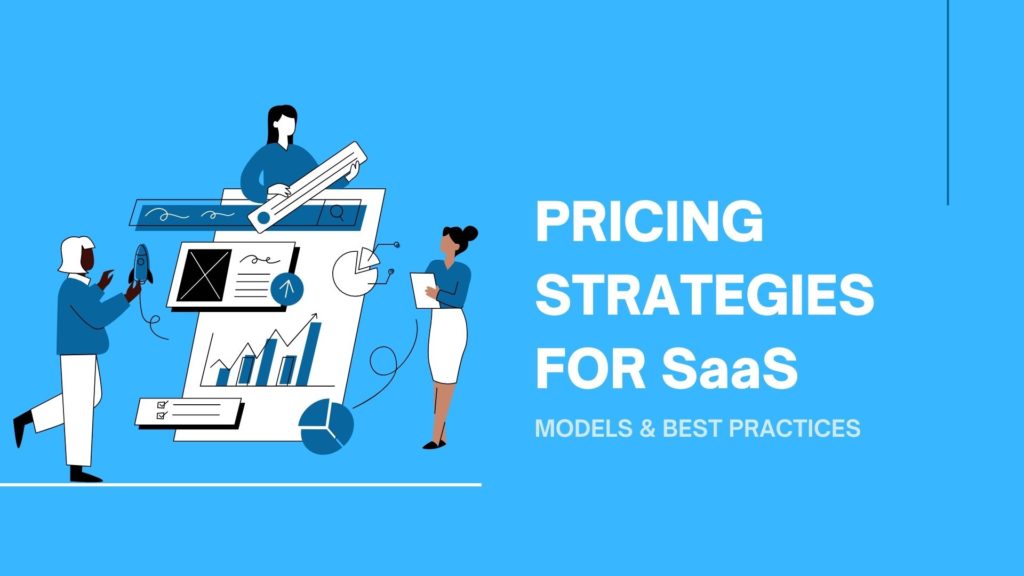
MODELS & BEST PRACTICES
TYPES OF PRICING
Cost-plus pricing
Cost-plus pricing involves determining the total cost of producing a product or service, and adding a markup to that cost to determine the final price.
Value-based pricing
Determine the value your SaaS provides to customers. Research your competitors' pricing models. Offer tiered pricing options and discounts to increase customer retention.
Per user pricing
Per user pricing is a popular strategy for SaaS businesses. It's simple to understand and easy to calculate. Consider offering discounts for volume purchases.
Freemium pricing
The Freemium model offers a basic version of your product for free, with optional paid upgrades for premium features and increased functionality.
Tiered pricing
Tiered pricing is a great strategy for SaaS, allowing customers to choose what features they need at a price they're willing to pay.
Pay-as-you-go pricing
Pay-as-you-go pricing model allows users to only pay for the services they use, making it cost-effective and flexible for budget-conscious customers.
Choosing the right pricing strategy is crucial for the success of your SaaS product. Consider factors such as value proposition, competition, and target market to determine the best pricing model for your business.
Value-based pricing is a strategy that aligns the price of your SaaS product with the value it provides to customers. It's a win-win!
How to do it
When deciding on a pricing strategy for a software product, it's important to consider several factors.
- First, determine the target market and their willingness to pay. Research competitors' prices and value propositions to inform your decision.
- Consider the cost of building, including development and ongoing maintenance. Decide whether to offer a one-time purchase or subscription model, and whether to offer tiered pricing based on features or usage limits.
- Finally, be prepared to adjust pricing over time based on customer feedback and market changes.
Examples of different pricing models
Slack
Slack offers a tiered pricing model based on the number of users. They have a free plan with limited features and paid plans on per user usage.
Salesforce
Salesforce offers various pricing plans tailored to different business needs. They have multiple editions with different features and pricing, eg. Essentials edition.
Dropbox
Dropbox provides both individual and business pricing plans. For individuals, they offer a free plan with limited storage.
Hubspot
HubSpot offers a freemium pricing model, providing free access to their CRM software with limited features. They have tiered pricing for their marketing, sales, and service hubs
The Product Goals System for Startups in Notion and Google Sheets
Other considerations
Contract Length and Discounts
Offer discounts or incentives for customers who commit to longer-term contracts. This strategy can help improve customer retention and predictability while providing cost savings to customers.
Custom Pricing
Consider offering custom pricing options for enterprise customers or those with unique requirements. Tailor pricing plans based on specific needs and negotiate pricing terms directly with these customers.
Pricing Experimentation
Continuously monitor and experiment with different pricing strategies to optimize revenue and customer acquisition. A/B testing, price elasticity analysis, and customer feedback can help identify the most effective pricing approaches.
Best practices
- Understand Your Target Market
- Pricing Segmentation
- Test Different Models
- Consider Expansion and Upselling
- Monitor and Adjust
- Provide Transparency
- Offer a Free Trial or Freemium Option
- Pricing Flexibility
- Monitor the Competitive Landscape
Remember, pricing is an ongoing process, and it's important to regularly evaluate and refine your pricing model based on market dynamics, customer feedback, and business goals.